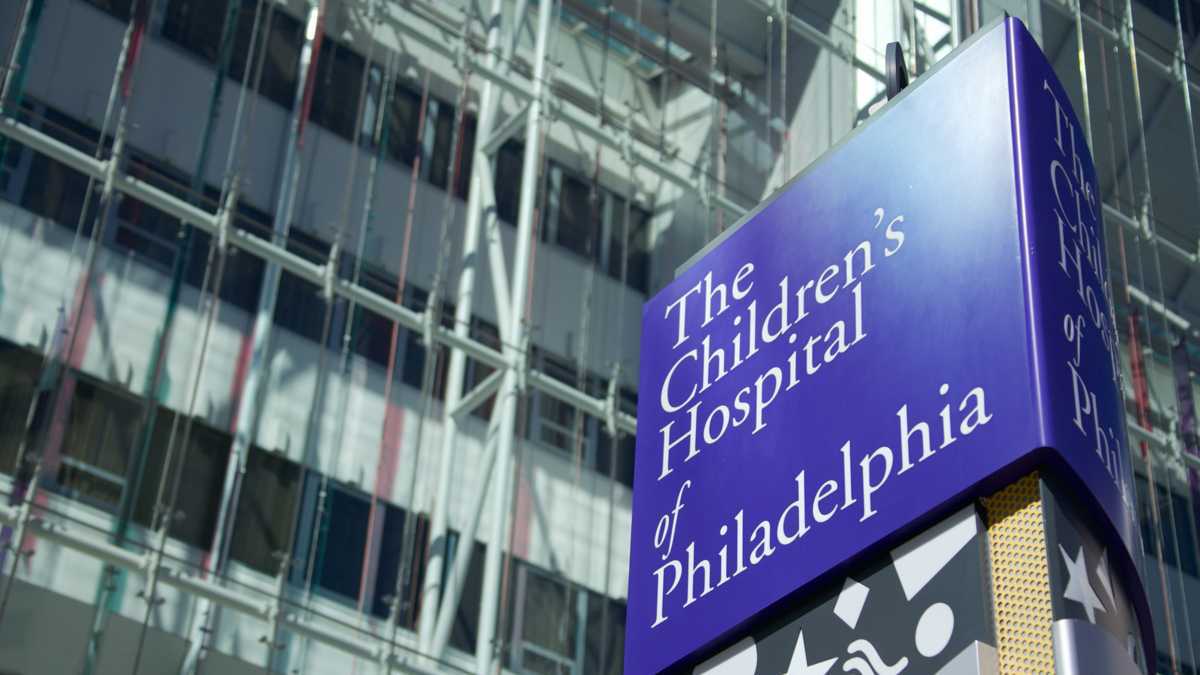Researchers closer to predicting autism in children younger than 2
Listen
(Nat Hamilton/WHYY)
Most kids don’t show behavioral signs of autism until they’re about two. Scientists from Philadelphia think that it may be possible to predict autism at an earlier age, thanks to a new research now underway.
In a national study, based primarily at University of North Carolina at Chapel Hill, as well as The Center for Autism Research (CAR) at Children’s Hospital of Philadelphia (CHOP), doctors studied the brains of babies, whose siblings had autism. Those babies are at a higher risk of developing autism. They also studied a group of babies who were at a lower risk of developing autism.
They did MRIs – which are considered safe for babies – at night time.
We took advantage of natural sleep, we had metal free rocking chairs, and mom, or it could be dad, but one of the parents or caretakers would rock the baby to sleep, and then quickly lie them on the table, and then the table would move the baby inside the MRI, and we’d start the scanning,” said Dr. Bob Schultz, The Director for the Center for Autism Research at CHOP and the Principal Investigator for the Philadelphia portion of the study.
The babies who went on to have autism by age two showed accelerated growth in their brains. Their brains began to expand more rapidly than other high risk babies who didn’t go on to have autism, as well as more rapidly than the low risk babies.
A computer-generated algorithm combined these measurements and scientists were able to predict which babies would develop autism by age two and which babies would not with 94 percent accuracy.
Interestingly, the rate of growth was highest in select regions of the temporal and the frontal lobes.
“All of the literature on brain studies on kids with autism, when we do like functional MRI and look at what parts of the brain are functioning differently – those findings almost always cluster in temporal and frontal lobes. So now we’re finding an anatomical – an early anatomical correlate to what we might see in a school age child with autism or even an adult with autism in terms of the regions which function differently,” said Dr. Schultz.
Although it’s early days, and the research isn’t ready for clinical applications, the possible implications are still important.
“We’ve known for a long time that early intervention in toddlers and preschoolers lead to better outcomes. Now we have a tremendous opportunity to try to intervene in the first year of life, not only to treat autism, but maybe to blunt the expression.”
And that could improve outcomes over the course of someone’s life.
WHYY is your source for fact-based, in-depth journalism and information. As a nonprofit organization, we rely on financial support from readers like you. Please give today.

